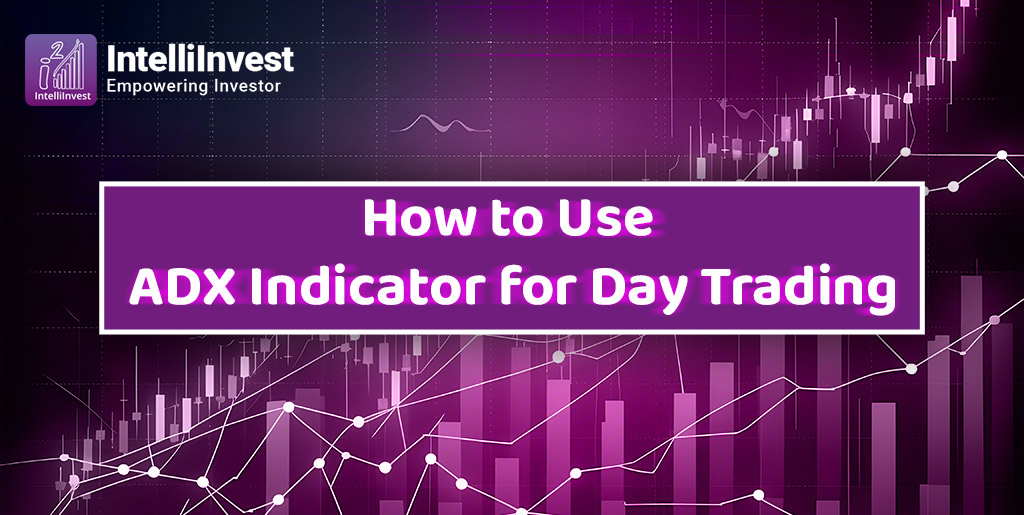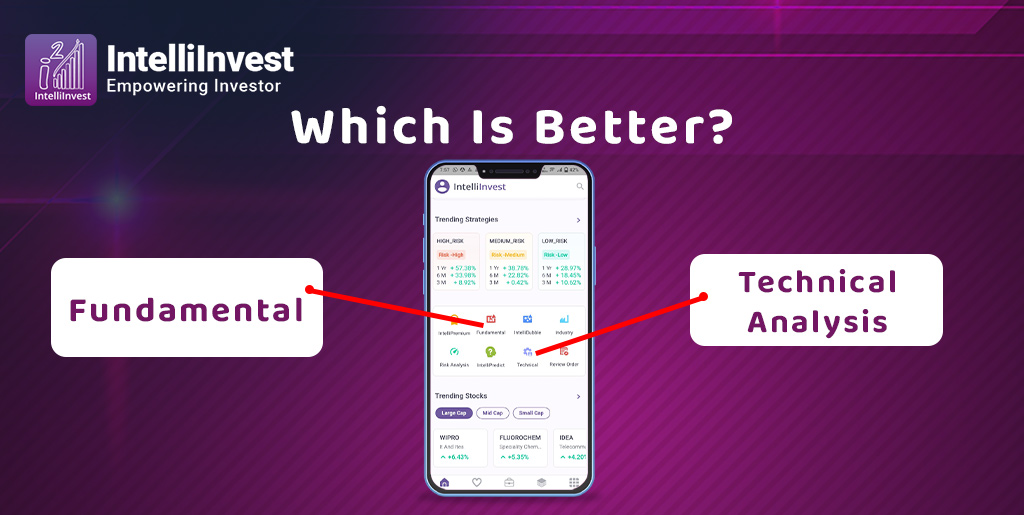Welcome to IntelliInvest, where we empower traders with the tools and knowledge needed to navigate the dynamic world of the stock market. Let’s get into the most powerful tools in a day trader's arsenal – the Average Directional Index (ADX) indicator. Whether you're a beginner or experienced trader, mastering the ADX can significantly enhance your day trading strategy and increase your chances of profit.
Understanding the ADX Indicator
The Average Directional Index (ADX) is a technical analysis tool used to measure the strength of a trend. Developed by Welles Wilder, the ADX is part of the Directional Movement System, which also includes the Plus Directional Indicator (+DI) and Minus Directional Indicator (-DI). While the +DI and -DI indicate the direction of the trend, the ADX quantifies its strength.
Interpreting ADX Values
Before diving into how to use the ADX for day trading, it's crucial to understand how to interpret its values:
- ADX values below 20: Indicates a weak trend, suggesting sideways or range-bound price action.
- ADX values between 20 and 40: Signify a developing trend, where traders may start considering entering positions.
- ADX values above 40: Represent a strong trend, indicating robust momentum in the market.
Now that we've established the basics let's explore how to effectively use the ADX indicator in your day trading strategy.
Incorporating ADX into Your Day Trading Strategy
1. Identifying Trend Strength
- Use the ADX to gauge the strength of the prevailing trend. A rising ADX suggests increasing trend strength, while a declining ADX may indicate weakening momentum.
- Avoid trading in choppy or sideways markets by confirming the presence of a strong trend using the ADX.
2. Timing Entries and Exits
- Combine the ADX with other technical indicators, such as moving averages or support and resistance levels, to pinpoint optimal entry and exit points.
- Look for convergence or divergence between the ADX and price action to identify potential trend reversals or continuations.
3. Setting Stop Losses and Take Profits
- Utilize the ADX to set stop-loss orders by placing them beyond key support or resistance levels, adjusted according to the strength of the trend.
- Take profits when the ADX begins to show signs of exhaustion or when price action indicates a potential reversal.
4. Avoiding False Signals
- Exercise caution when trading during low ADX periods, as they may produce false signals or whipsaws.
- Confirm ADX signals with other technical indicators or price action analysis to reduce the likelihood of entering trades based on erroneous signals.
5. Practice Risk Management
- Implement proper risk management techniques, such as position sizing and risk-reward ratios, to mitigate potential losses when trading based on ADX signals.
- Avoid overtrading and maintain discipline by adhering to your trading plan and predefined risk parameters.
What are a Few Weaknesses of the ADX indicator?
ADX indicator is a powerful tool for assessing trend strength and identifying potential trading opportunities, it also has certain weaknesses that traders should be aware of:
Lagging Indicator: One of the primary weaknesses of the ADX is its tendency to lag behind price action. Since the ADX is based on historical price data, it may not provide timely signals for entering or exiting trades, especially during rapidly changing market conditions.
Lack of Directional Information: The ADX only measures the strength of the trend and does not provide information about its direction. Traders need to use additional indicators, such as the Plus Directional Indicator (+DI) and Minus Directional Indicator (-DI), to determine the direction of the trend.
False Signals: Like any technical indicator, the ADX is not immune to producing false signals, particularly during choppy or ranging markets. Traders should exercise caution and confirm ADX signals with other technical tools or price action analysis to reduce the risk of entering trades based on erroneous signals.
Inefficiency in Sideways Markets: The ADX performs best in trending markets where price moves consistently in one direction. In sideways or range-bound markets, the ADX may generate unclear or conflicting signals, making it less effective for traders seeking to capitalize on short-term price fluctuations.
Inability to Predict Market Turns: While the ADX can indicate the strength of a trend, it does not predict when a trend will reverse. Traders should use additional methods, such as trendline analysis or reversal patterns, to anticipate potential market turns and adjust their trading strategies accordingly.
Conclusion
Mastering the ADX indicator can significantly enhance your day trading strategy by providing valuable insights into trend strength and potential market reversals. By incorporating the ADX into your trading routine and combining it with other technical tools, you can make more informed trading decisions and increase your profitability over time. Remember, consistency, discipline, and continuous learning are key to success in day trading. Start integrating the ADX into your trading toolkit today and unlock its full potential. Stay tuned to IntelliInvest for more insightful guides and analysis to help you navigate the complex world of the stock market with confidence.
Happy trading!
Read next blog:









